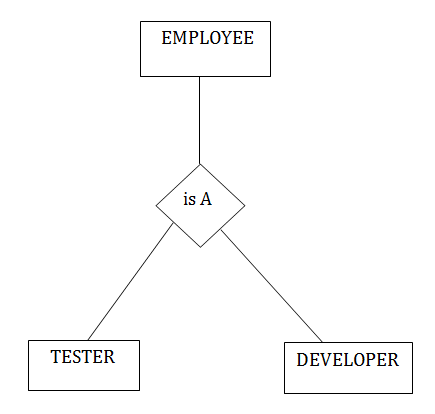

time grows linearly as input size increases.Ĭonsider the following examples.

Taken from here - Introduction to Time Complexity of an Algorithm 1. You probably won't encounter them outside of an algorithm analysis course.

There are also other notations such as big omega, little o, and big theta. Big O is the most common, but it's also more complex that I've shown. Also note that this is a VERY simplistic explanation. Note that none of this has taken into account best, average, and worst case measures. The quicksort algorithm would be described as O (N * log(N )). Big O notation is described as O ( ) where is the measure. There are other Big O measures such as cubic, exponential, and square root, but they're not nearly as common. In general, doing something with every item in one dimension is linear, doing something with every item in two dimensions is quadratic, and dividing the working area in half is logarithmic. The running time consists of N loops (iterative or recursive) that are logarithmic, thus the algorithm is a combination of linear and logarithmic. Int pivot = partition (list, left, right) void quicksort (int list, int left, int right) This is because the algorithm divides the working area in half with each iteration. The running time of the algorithm is proportional to the number of times N can be divided by 2. The running time of the statement will not change in relation to N. In general you can think of it like this: statement

This removes all constant factors so that the running time can be estimated in relation to N as N approaches infinity. The most common metric for calculating time complexity is Big O notation. The below answer is copied from above (in case the excellent link goes bust) This is an excellent article: Time complexity of algorithm So we can multiply or divide by a constant factor to get to the simplest expression. The unit of 2N is not well-defined in the first place anyway. This means that we don't really care if there is some constant multiple of difference in performance when N is large. Traditionally, we are only interested in performance up to constant factors. Then the first term is 2 million and the second term is only 2.įor this reason, we drop all but the largest terms for large N. What is the relative influence of these two terms as N becomes large? Suppose N is a million. We are interested in the performance of the algorithm as N becomes large. You add up how many machine instructions it will execute as a function of the size of its input, and then simplify the expression to the largest (when N is very large) term and can include any simplifying constant factor.įor example, lets see how we simplify 2N + 2 machine instructions to describe this as just O(N).
#Cyk algorithm tutorials point how to
How to find time complexity of an algorithm


 0 kommentar(er)
0 kommentar(er)
